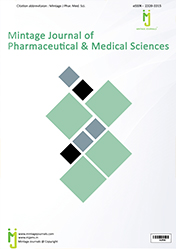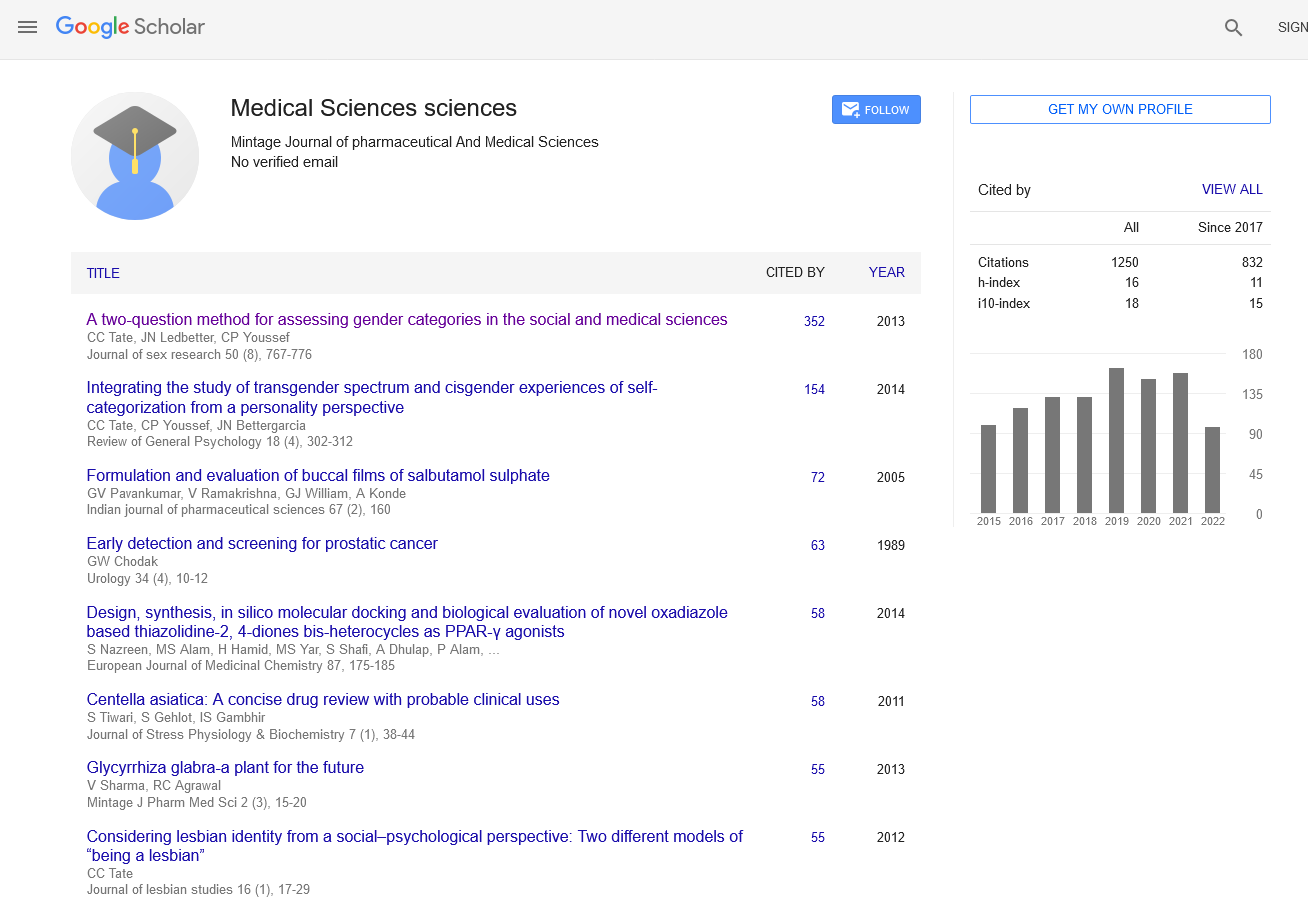Abstract
BILE ACIDS AND SAPONINS IN INCRETIN MODULATION: MANY SIMILARITIES, FEW DIFFERENCES
Author(s): OLUWAMODUPE CECILIA EJELONU
Objective: Bile acids (BA) are a large complex family of amphipathic molecules with a steroid backbone. They exhibit considerable structural diversity within different cells, body compartments and pathophysiological states, and there is considerable interspecies variability. In addition to their role in the solubilization of dietary lipids and the fatsoluble vitamins A, K, D and E, bile acids are signaling molecules that regulate many cell types by activating specific receptors in the nucleus and at the plasma membrane. Bile acids are natural ligands for the farnesoid X receptor (FXR). Bile acids may play an additional role in modulating incretin release through binding to a recently identified Gprotein–coupled cell surface receptor known as Takeda G-Protein Receptor 5 (TGR5). Methods: TGR5 activation in enteroendocrine cells stimulate the release of glucagonlike peptide-1 (GLP-1) which maintains blood glucose homeostasis by promoting glucose-induced insulin secretion, suppressing glucagon release, delaying gastric emptying, promoting satiety, and increasing glucose disposal in the peripheral tissues. In brown adipose tissue and skeletal muscle, TGR5 mediates energy expenditure through a BA– TGR5–cAMP–D2 (type 2 iodothyronine deiodinase) signaling pathway. Results: However, endogenous bile acids have a lower affinity and selectivity for TGR5, and they have specific biological properties about localization and cycling. Several research evidence has identified saponins as the antidiabetic principle in plants and its incretin modulating effect have shown several similarities to that of BA by stimulating TGR5/GLP1 pathway, enhancement of insulin secretion, promoting glycolysis, decreasing gluconeogenesis as well as inhibition of α-glucosidase. Conclusion: Therefore, this work is said to review the similarities and differences between bile acid and saponin in incretin modulations
Haberler
Haberler
Haberler
Haberler
Haberler
Haberler
Haberler
Haberler
Haberler
Haberler
Haberler
Haberler
Haberler
Haberler
Haberler
Haberler
Haberler
Haberler
Haberler
Haberler
Haberler
Haberler
Haberler
Haberler
Haberler
Haberler
Haberler
Haberler
Haberler
Haberler
Haberler
Haberler
Haberler
Haberler
Haberler
Haberler
Haberler
Haberler
Haberler
Haberler
Haberler
Haberler
Haberler
Haberler
Haberler
Haberler
Haberler
Haberler
Haberler

ISSN: 2320-3315
ICV :81.58

